Fractions, Decimals and Percentages
Fractions, Decimals and Percentages are three different ways of expressing a part of a whole.
We can convert between fractions, decimals and percentages.
Converting between Decimals and Percentages
To convert a decimal to a percentage we multiply by 100.
Example 1: Convert 0.7 to a percentage
To convert a decimal to a percentage we multiply by 100.
0.7 × 100 = 70
0.7 = 70%
Example 2: Convert 0.19 to a percentage
To convert a decimal to a percentage we multiply by 100.
0.19 × 100 = 19
0.19 = 19%
To convert a percentage to a decimal we divide by 100
Dividing by 100 is the opposite of multiplying by 100
Example 3: Convert 25% to a decimal
To convert a percentage to a decimal we divide by 100.
25 ÷ 100 = 0.25
25% = 0.25
Example 4: Convert 9% to a decimal
To convert a percentage to a decimal we divide by 100.
9 ÷ 100 = 0.09
9% = 0.09
Try these:
Converting between Percentages and Fractions
A percentage is out of 100. We can re-write any percentage as a fraction by writing it over 100.
Example 5: Convert 11% to a fraction.
A percentage is the same as a fraction out of 100.
We can write 11% as
Example 6: Convert 36% to a fraction. Give your answer in it simplest form.
A percentage is the same as a fraction out of 100.
We can write 36% as
We have written 36% as a fraction, but it is not in its simplest form.
To simplify we need to find a times table that 36 and 100 are both in.
36 and 100 are both in the 2 and the 4 times tables.
4 is the biggest so we will divide the denominator and the numerator by 4.
36 = 4 × 9
100 = 4 × 25
36% =
We could have also halved the top and bottom, and then halved again:
To convert a fraction to a percentage we can change the denominator to 100.
Example 7: Convert
To convert the fraction to a percentage we need to make the denominator 100.
We can make the denominator 100 by multiplying by 5.
20 × 5 = 100
We have to multiply the numerator by 5 too keep the fraction equivalent.
7 × 5 = 35
When the denominator is not a factor of 100 it may be easier to convert the fraction to a decimal first, and then from a decimal to a percentage.
Try these:
Converting between Fractions and Decimals
To convert from a fraction to a decimal we can divide the numerator by the denominator.
Example 8: Convert
We can convert
We can use a calculator or short division to do the calculation.
3 ÷ 8 = 0.375
If we are using a calculator we can also use the SD button.
Example 9 : Convert
We need to calculate 7 ÷ 12
7 ÷ 12 = \(0.58\dot3\)
The dot above the 3 means that the 3 is recurring (it goes on forever), 0.5833333333333333333...
To convert a decimal to a fraction we can convert it to a percentage (by multiplying by 100) and then write it is a fraction out of 100.
Example 10: Convert 0.88 to a fraction. Give your answer in its simplest form.
To convert 0.88 to a percentage we multiply by 100.
0.88 × 100 = 88
88% =
We can simplify our answer by dividing top and bottom by 4.
0.88 =
If the decimal involves a recurring numbers we can type it into the calculator instead and the calculator will do the conversion for us.
The recurring button looks like this:
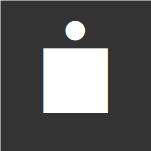
It may be found (depending on your calculator) by pressing SHIFT then the square button:
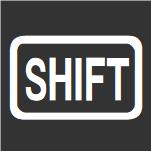
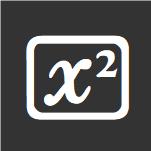
Example 11: Convert \(0.7\dot3\) to a fraction. Give your answer in its simplest form.
We can type \(0.7\dot3\) into a calculator by pressing:
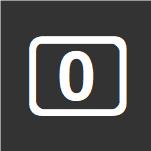




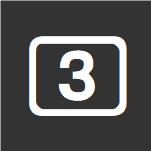

The calculator should give an answer of
Try these: